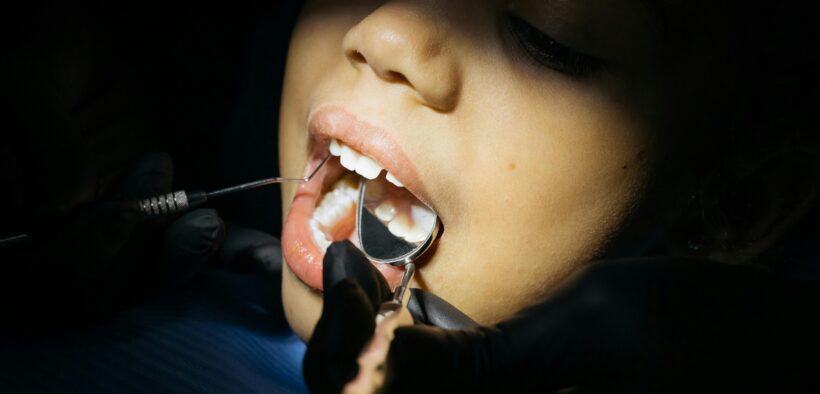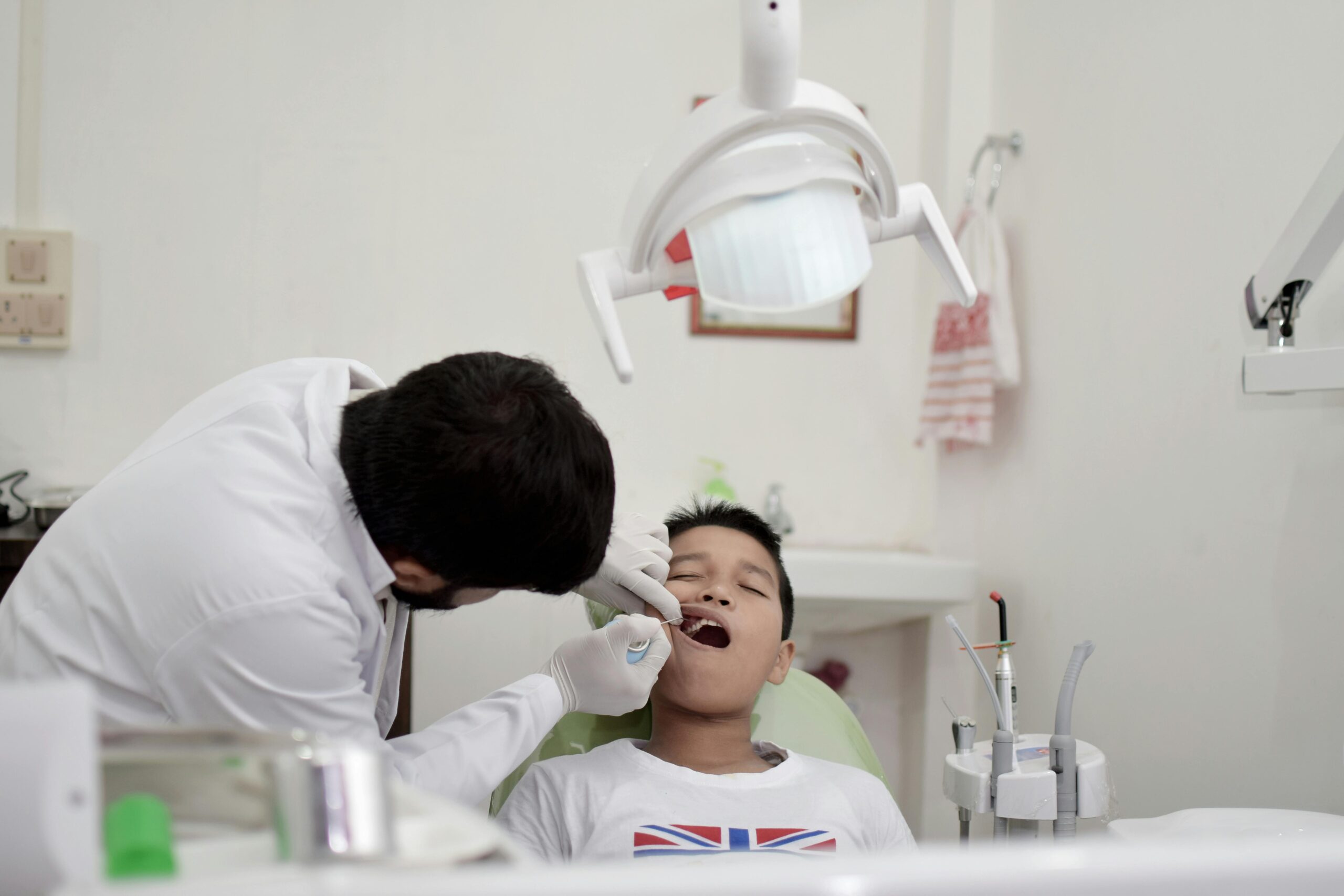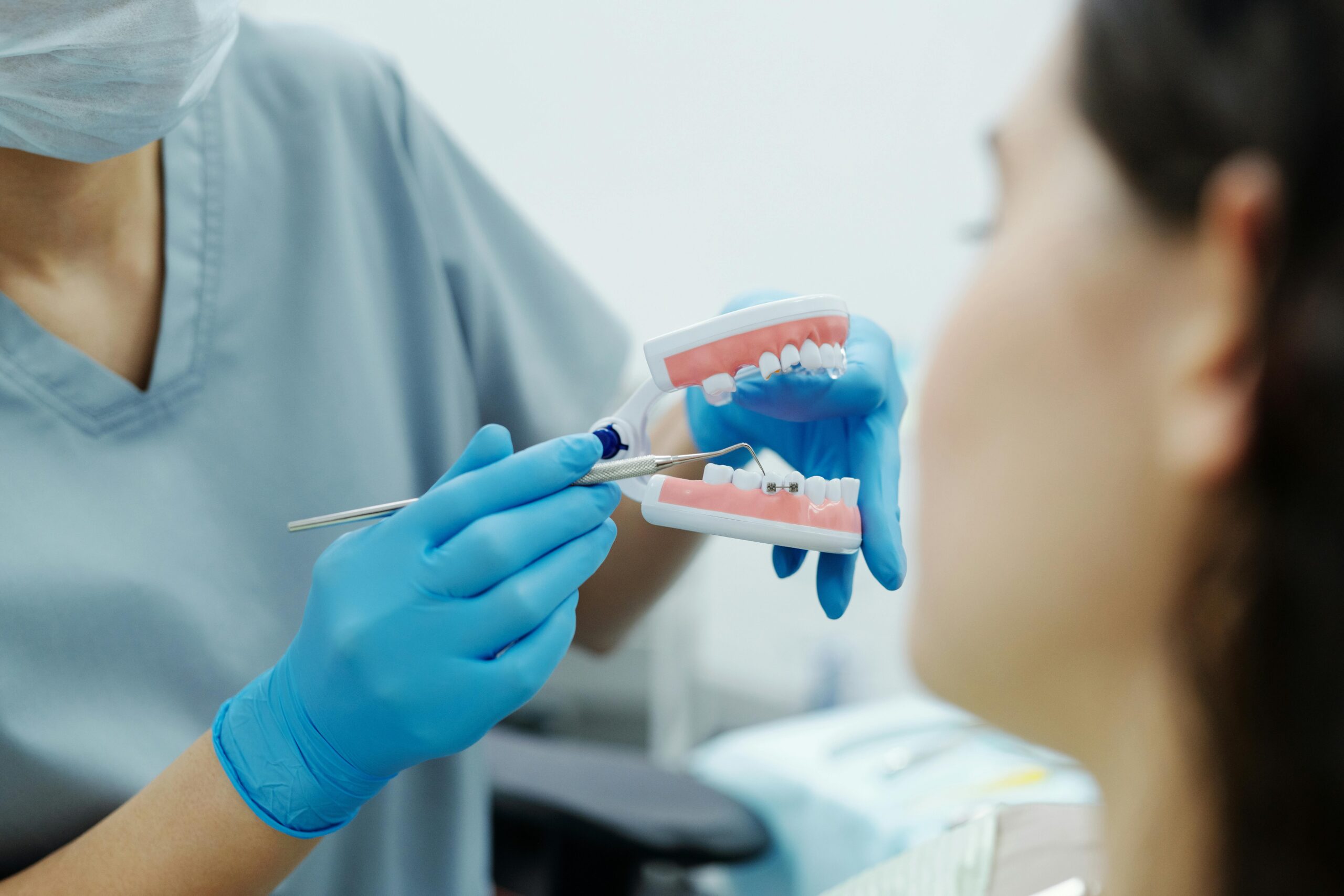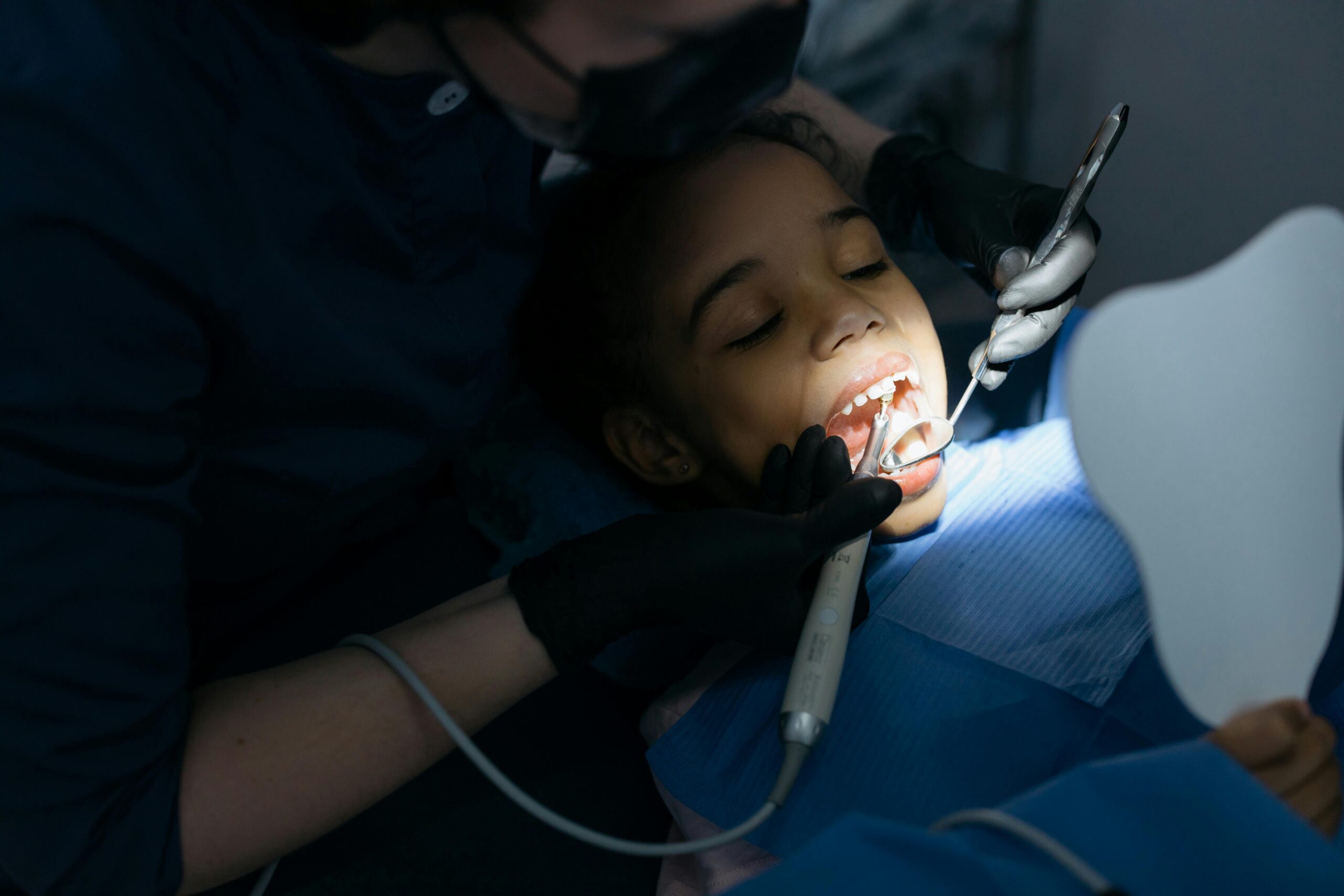A Parent’s Guide to Braces: Timing, Benefits, and Care for Your Child’s Perfect Smile
Share

Preventing future dental issues, jaw alignment, self-confidence, and aiding speech development are among the myriad of reasons why prioritising oral health in children is crucial.
And among the many oral dental aids that parents can exercise, getting braces for your child is also an option to address teeth and jaw alignment issues.
Parents can start recognising the following issues in a child that inform getting braces:

Sourced from Pexel Images
“The American Association of Orthodontists (AAO) suggests children get their first orthodontic check-up around age seven,” shared Affinity Health’s CEO Murray Hewlett.
“However, most children usually only get braces between 10 and 14. That said, it depends on the child.”
But do braces really work? Yes, braces are highly effective at correcting dental misalignments, improving oral function, and enhancing aesthetics by gradually moving teeth into their ideal positions.
To maximise their effectiveness, according to Affirnity Health, it is crucial that your child follows all care instructions provided by their orthodontist. For fixed braces, this includes avoiding hard, crunchy, or sticky foods that can damage the wires and brackets.
For removable aligners, such as Invisalign, wearing the trays for at least 22 hours daily is essential. Adhering to these guidelines ensures that the braces can work as intended and deliver the best results.
Your child’s dentist or orthodontist will also provide detailed advice to support the treatment process, ensuring the journey to a healthy, aligned smile is as smooth and successful as possible.
According to the South African Society of Orthodontists(SASO), braces apply gentle, steady pressure to slowly move teeth into the correct position. This gradual movement is important because it helps protect the roots, bones, and gums from damage.
Regular adjustments are needed throughout the treatment to keep the teeth moving in the right direction and ensure everything aligns properly.

Sourced from Pexel Images
The Pros of Early Intervention
Taking care of dental problems early on can stop them from getting worse down the road. Here are a few benefits of starting orthodontic care for your child sooner rather than later:
Reduced Treatment Time: Tackling minor issues earlier can lead to shorter overall treatment times and, in some cases, even reduce the need for braces.
Improved Dental Health: Crooked or crowded teeth make it harder for your child to brush and floss properly, which can cause plaque to build up. Over time, this raises your child’s chances of cavities and gum disease.
Boosted Confidence: Crooked teeth or a misaligned jaw can impact your child’s confidence. Getting orthodontic treatment earlier can help fix these issues, boosting their self-esteem.
Parental Peace of Mind: Early evaluation lets parents plan for future treatment and make informed decisions.
How to Choose the Right Braces for Your Child
Several types of braces are available for children, each with its own benefits:

Sourced from Pexel Images
Most children are likely to be fitted with braces in their teenage years or early teens, but sometimes they may need braces earlier or later than the usual age. Consulting an orthodontist is crucial in determining your child’s best action.




